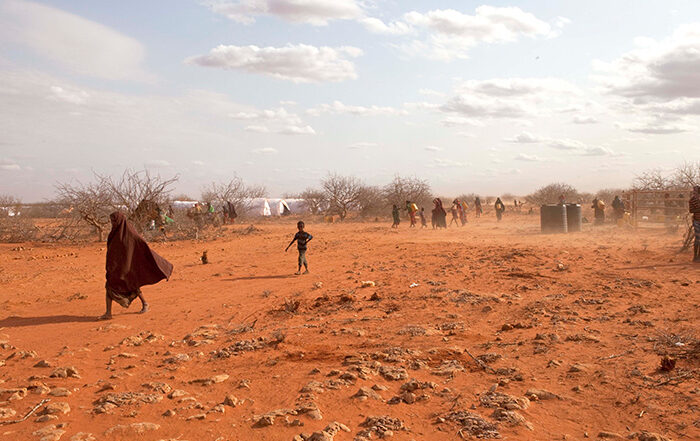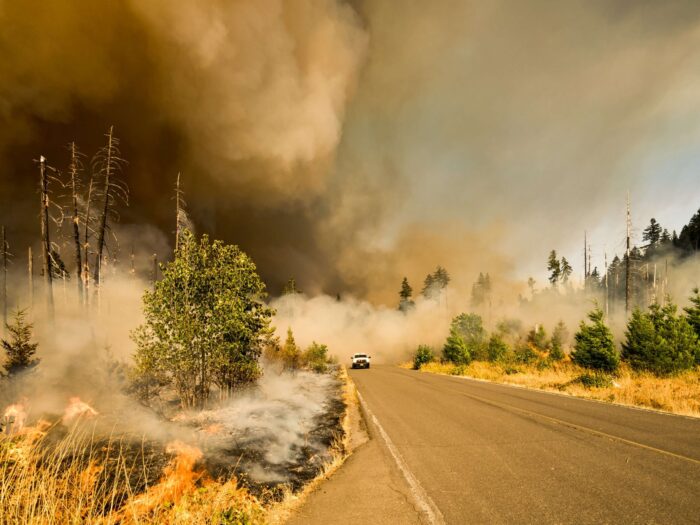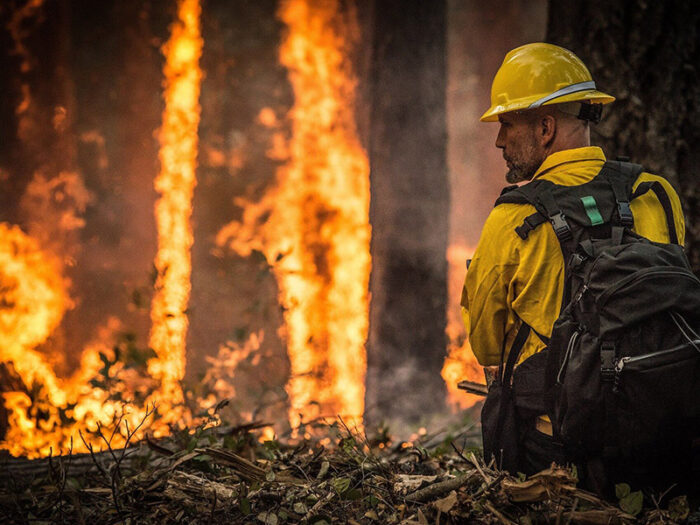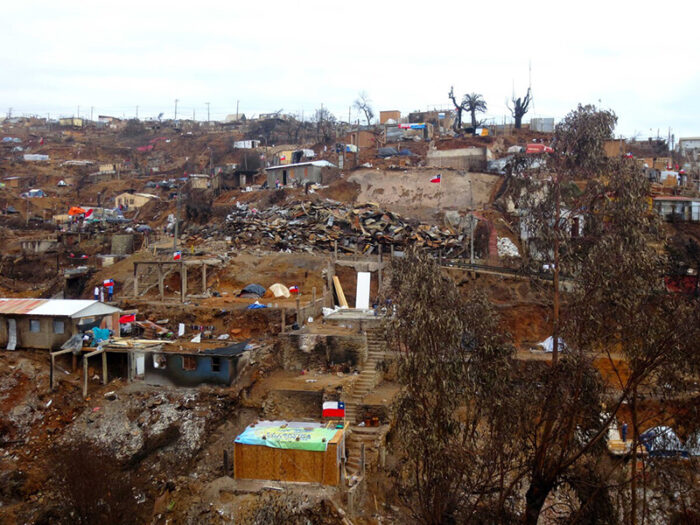
Disasters explained: heatwaves
Heatwaves are extreme weather events. Learn about what they are, why they happen and their link to climate change.
Most wildfires are caused by humans, with only 10-15% of them thought to happen on their own in nature.
Causes range from discarded cigarettes to sparking powerlines. A major fire in California was even caused by a smoke-bomb from a gender reveal party. Fires caused by humans are likely to be far more destructive than those caused by weather events, according to the Science Journal.
Read on to find out more about wildfires, their link with climate change, where they occur and more.

A wildfire is an uncontrolled fire in an area of vegetation in rural areas. They are also known as wildland fires, rural fires or bush fires.
Wildfires can rapidly burn millions of acres of land and destroy everything — trees, homes, animals and humans – in their paths. Families and communities in rural, high-risk areas are in danger of losing their homes and having to flee to safety. Wildfires also have major health hazards, especially for people with existing respiratory problems.
The World Health Organization has reported that wildfire smoke contains a mixture of harmful pollutants that are hazardous when inhaled. Particulate Matter (PM2.5) from wildfire smoke is associated with premature deaths. It can cause and exacerbate diseases of the lungs and heart, brain and nervous system, skin, gut, kidneys, eyes, nose, and liver.
Wildfires also release a large amount of greenhouse gases into the environment. This impacts on climate change and makes weather conditions that can help lead to wildfires more likely. This includes heatwaves and droughts.

Climate change increases the occurrence and severity of wildfires.
Hotter weather, a result of climate change, leads to heatwaves. As a result forests and vegetation are drier and at a higher risk of catching fire and burning.
Climate change scientists are reporting more severe fires. Larger areas are burned because of the warming temperatures in the world. Also, wildfires themselves release gases that can contribute to climate change. This perpetuates a cycle of increased fire risk.
As rising greenhouse gas emissions are increasing droughts and heat, more catastrophic wildfires are expected in the future. In 2022, the UN Environment Program reported that wildfires are expected to increase by 14% globally by 2030, 30% by the end of 2050 and 50% by 2100. They could also affect previously untouched regions such as the Artic.
Climate change and disasters
Hazards like wildfires can be caused by natural occurrences like lightning strikes. However most are caused by human activity.
No matter how they start, wildfires have the potential to become a disaster quickly by causing widespread damage. They can displace people from their homes, or destroy livelihoods.
The decisions that we make as humans often determines whether a hazard like a wildfire develops into a disaster. Factors like where homes are built, living conditions, and how well-prepared governments and authorities are to respond to such events can all make a disaster more likely.
The UN has reported that wildfires disproportionately affect the world’s poorest nations. They can struggle to recover from their long lasting impacts – often because of lack of resources or support.
At ShelterBox, we avoid using the term ‘natural’ to avoid describing a disaster for this reason. We mustn’t overlook the role that humans have in a hazard becoming a disaster. We also shouldn’t assume that the outcome would be the same, or think there is little we can do to prevent it.
Read more about the language we use to describe disasters and why.
Why disasters are not natural

There are many areas of the world prone to wildfires.
Australia is very prone to menacing bushfires. The country’s climate is generally hot, dry, and susceptible to drought. Bushfires tend to occur when light and heavy fuel loads in Eucalypt forests have dried out. This usually follows periods of low rainfall.
But wildfires are on the increase in other parts of the world too. In recent years severe wildfires have impacted many areas of the globe; including parts of North America, South America, Europe and the UK. It’s likely that they will appear in more areas as global temperatures warm up, and heatwaves become more common.
In July 2022, wildfires ripped across Europe during one of the worst heatwaves on record.
In Spain, Portugal, Greece and France, wildfires burnt out of control. Many other European countries reported fires too. By August 2022 in the UK there had already been over 500 more wildfires than the whole of 2021. The majority were thought to be caused by human actions, particularly disposable barbecues.
A similar pattern has been seen in 2023, with a heatwave over much of Europe sparking wildfires in several countries. They have particularly caused the evacuation of thousands of people on the Greek islands of Corfu and Rhodes.
This follows severe wildfires in Canada that have destroyed hundreds of thousands of hectares of woodland. Thousands had to be evacuated from their homes. The smoke caused issues in Canada, the USA, and even had impacts in the UK. Australia and Chile also experienced large wildfires earlier in the year.
Heatwaves that have contributed to these wildfires are greatly impacted by climate change. They are expected to become more frequent and severe.
Learn more about heatwaves here